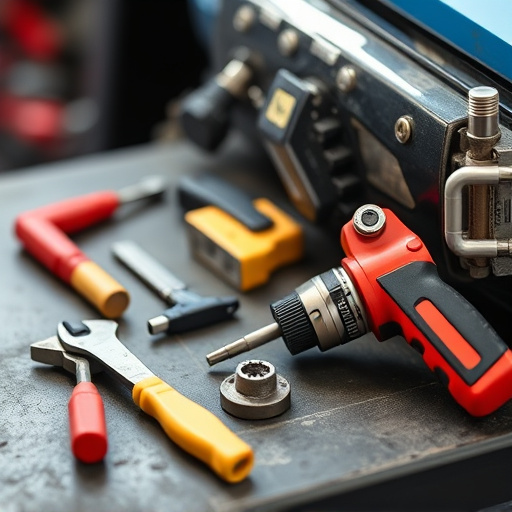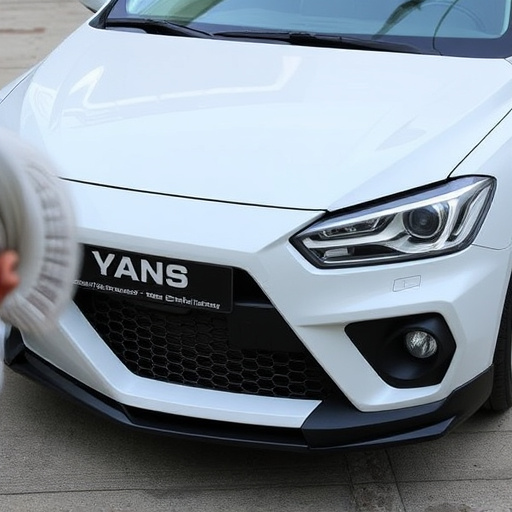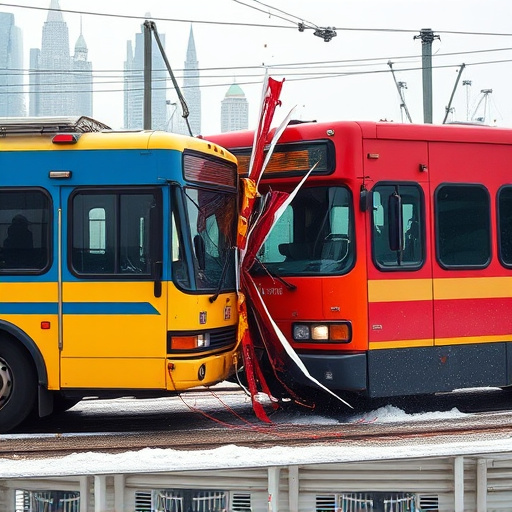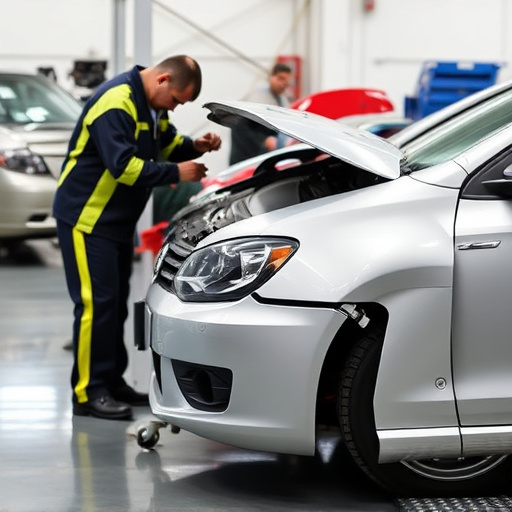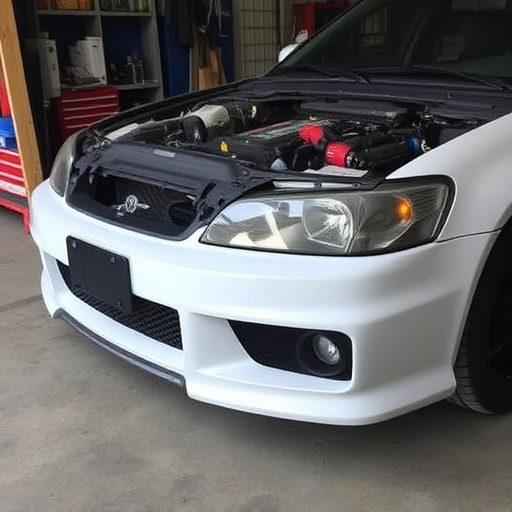Tesla's advanced battery protection systems are crucial for preventing damage and ensuring the safety and longevity of their lithium-ion batteries. These systems monitor and control temperature, voltage, and performance under normal and accident conditions. However, they can fail due to sensor malfunctions, internal circuit issues, or external damage, requiring meticulous Tesla battery protection repair. This involves assessing damage in the battery compartment, testing and replacing faulty parts, addressing corrosion and leaks, consulting professionals for complex issues, and verifying secure connections before powering on. For effective Tesla battery protection repair, focus on understanding and addressing root causes to maintain system safety and optimal performance.
Handling Tesla battery protection repairs requires a deep understanding of the vehicle’s advanced electric systems. This comprehensive guide walks you through the process, from identifying common issues like short circuits and power surges, to addressing root causes such as manufacturing defects or environmental factors. We provide a step-by-step approach, ensuring proper diagnosis, replacement if needed, and safe reinstatement of your Tesla’s crucial battery protection mechanisms.
- Understanding Tesla Battery Protection Systems
- Common Issues and Causes of Battery Protection Failures
- Step-by-Step Guide to Repairing Tesla Battery Protection
Understanding Tesla Battery Protection Systems

Tesla Battery Protection Systems are designed to safeguard the vehicle’s lithium-ion battery pack from various forms of damage. These systems incorporate advanced technology to monitor and control the battery’s performance, temperature, and voltage during operation and in the event of an accident. Understanding how these systems work is crucial when dealing with Tesla battery protection repair.
When a vehicle undergoes a collision or experiences abnormal battery behavior, the integrated safety mechanisms kick in. This includes features like thermal management, overvoltage protection, and impact sensors that trigger specific protocols to prevent catastrophic failures. For instance, in case of an accident, these systems may automatically shut down the battery to minimize the risk of short circuits or overheating. Given the sensitive nature of electric vehicle (EV) batteries, proper handling and repair techniques are essential, especially when it comes to car paint services and vehicle body repair for Tesla models equipped with these cutting-edge protection mechanisms.
Common Issues and Causes of Battery Protection Failures

Battery protection systems in Tesla vehicles are designed to safeguard against overcharging, short circuits, and other potential hazards that could damage the high-voltage battery pack. However, like any component, these protective mechanisms can fail due to a variety of reasons. Common issues include faulty sensors that lead to incorrect voltage readings, internal circuit malfunctions caused by manufacturing defects or aging components, and external factors such as extreme temperature fluctuations or physical damage during auto collision repair or car body restoration attempts.
Understanding the root causes of these failures is crucial for effective Tesla battery protection repair. In cases where a sensor is malfunctioning, precise calibration and replacement may be required. For circuit-related issues, meticulous troubleshooting and component-level repairs could be needed. Moreover, addressing any external damage from auto dent repair or similar processes is essential to prevent further complications and ensure the safety and optimal performance of the battery protection system.
Step-by-Step Guide to Repairing Tesla Battery Protection
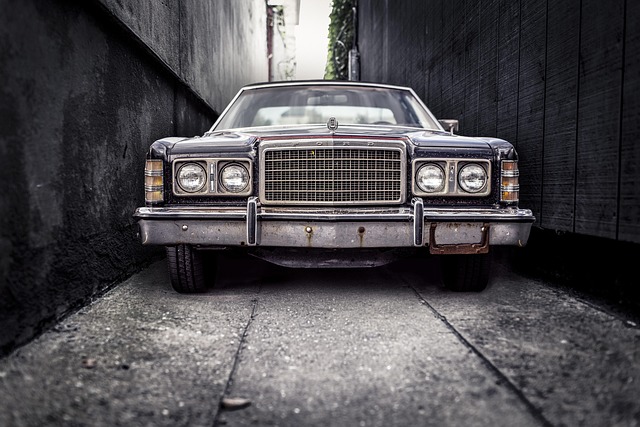
Handling Tesla battery protection repair requires a systematic approach to ensure optimal performance and longevity of your vehicle’s power source. Here’s a step-by-step guide for repairing Tesla battery protection, designed for both DIY enthusiasts and professional auto body services.
First, assess the damage. Inspect the battery compartment for any signs of corrosion, leaks, or physical damage from a previous vehicle collision repair. If there’s visible wear or corrosion, use appropriate tools to clean and remove affected parts, taking care not to damage surrounding components. Next, check the battery protection system itself—this may involve testing sensors, cables, and connectors for any malfunctions. Replace any faulty parts using genuine Tesla replacements. For complex issues, it might be best to consult a professional, as vehicle collision repair experts have the specialized tools and knowledge to tackle intricate repairs. Ensure all components are securely fastened and connected before powering on the system to verify its functionality.
When faced with a Tesla battery protection failure, understanding the system and taking a systematic approach to repair are key. By identifying common issues like short circuits or thermal events, and leveraging a step-by-step repair guide tailored for Tesla models, you can effectively address and prevent future battery protection problems. Remember, proper handling of these repairs not only ensures your vehicle’s longevity but also maximizes the performance and safety of its cutting-edge battery technology. For efficient Tesla battery protection repair, knowledge and a structured approach are your best tools.



